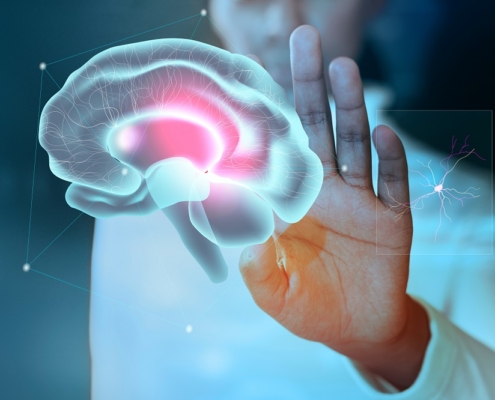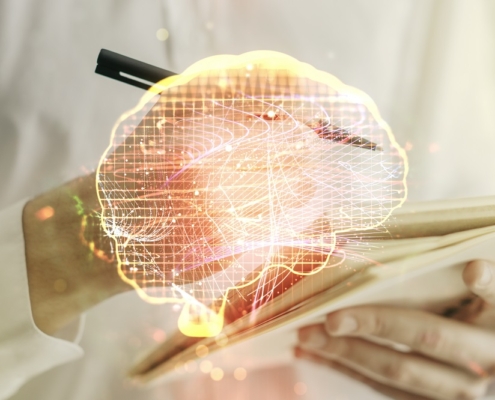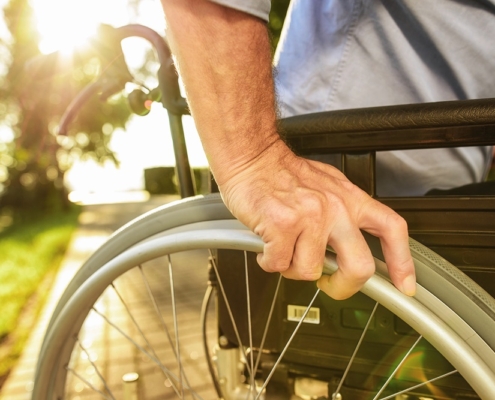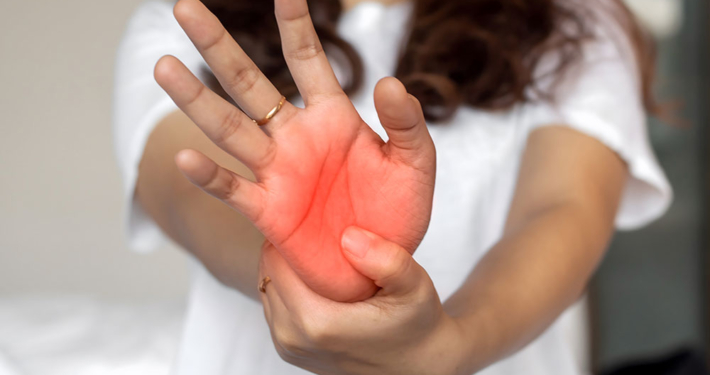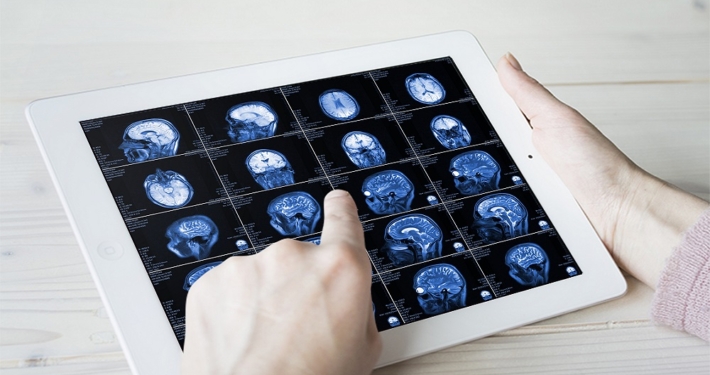The most severe of all headaches is CLUSTER headache. It is more common in men and especially in smokers. Its most important feature is that it is short-term. The pain usually lasts between 15 minutes and 3 hours. The pain is always on the same side and is unilateral. The pain is noticeable around the eyes, and can be reflected to the face, forehead and sometimes the temple. During the pain, there may be redness in the eyes, watering, drooping eyelids, nasal congestion and runny nose on the painful side. The pain is in the form of a gouging, stinging and obsessive. It can recur up to 8 times a day. Attacks usually occur at night and may recur during the day. All pains are severe. There are two types: episodic and chronic. In the most common episodic type, the pain lasts for a few weeks to a few months during a certain period of the year (for example, in the spring), and sometimes the pain may not be seen for a few years during the rest of the year. Being able to relieve it with oxygen therapy is an important distinguishing feature. With correct diagnosis and treatment, it is a type of headache with a very high success rate in pain control.
Non-drug treatments
Reducing and stopping alcohol and cigarette consumption, which are known to trigger attacks in cluster headache patients, especially during cluster periods, staying away from closed, stuffy places where smoking is done, choosing clean air and cool places, and avoiding daytime sleep are simple but important precautions that can be taken. Alcohol, nitroglycerin, exercise, and high ambient temperature are known precipitants of acute cluster attacks. In most patients with CBA, an acute attack is triggered within an hour after alcohol consumption (in migraineurs, it is triggered within a few hours). Alcohol triggers attacks during a cluster period, but it is not triggered in remission. Allergies, food sensitivities, hormonal changes, and stress do not have a significant attack-precipitating effect.
Drug therapy:
Attack treatment
Oxygen therapy
5 HT1B/D agonists (Sumatriptan, Zolmitripan)
Other treatments (Octreotide, Lidocaine)
Prophylaxis treatment
1- Short-term (Transitional) prophylaxis
– Corticosteroids
– Ergotamine preparations
– 5 HT 1B/D agonists
2- Long-term (Maintenance) prophylaxis
– Verapamil
– Lithium
– Antiepileptics (Topiramate, Valproic acid, Gabapentin)
– Melatonin
Neuromodulation and other treatments
Peripheral nerve blockades (GON blockade) and surgical treatments, neuromodulation methods (such as sphenopalatine ganglion or GON stimulation) and new treatments can be defined under 4 subheadings.
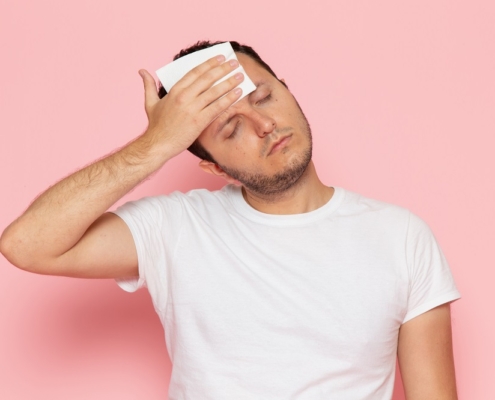 https://drturanpoyraz.com/en/wp-content/uploads/2023/07/kafatravmasi.jpg
666
1000
drturan_pyrzawp
https://localveri.net/drturanpoyraz/wp-content/uploads/2024/07/logo2.png
drturan_pyrzawp2023-07-18 17:33:472024-08-01 16:32:02HEAD TRAUMA AND BRAIN INJURY
https://drturanpoyraz.com/en/wp-content/uploads/2023/07/kafatravmasi.jpg
666
1000
drturan_pyrzawp
https://localveri.net/drturanpoyraz/wp-content/uploads/2024/07/logo2.png
drturan_pyrzawp2023-07-18 17:33:472024-08-01 16:32:02HEAD TRAUMA AND BRAIN INJURY
